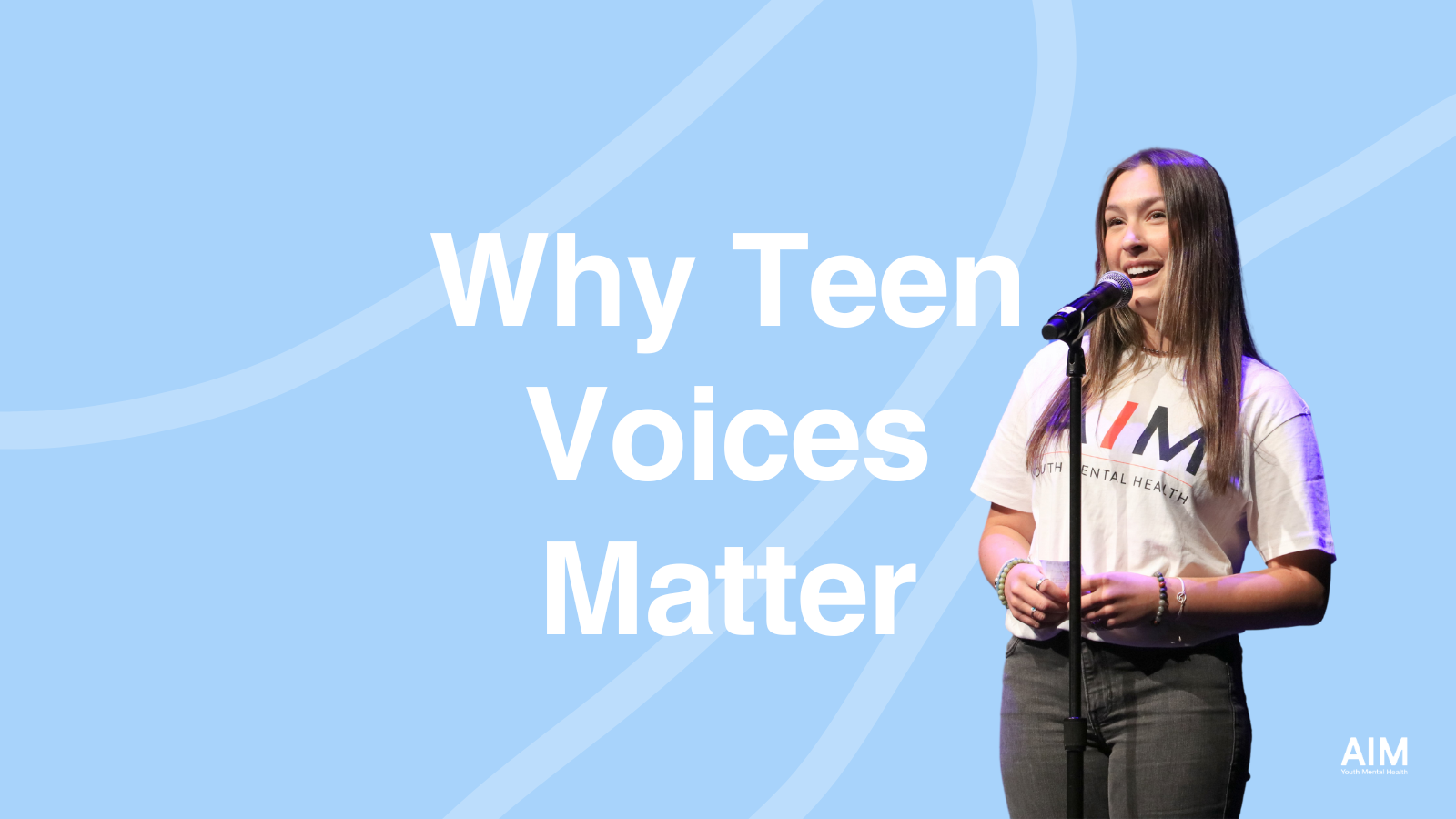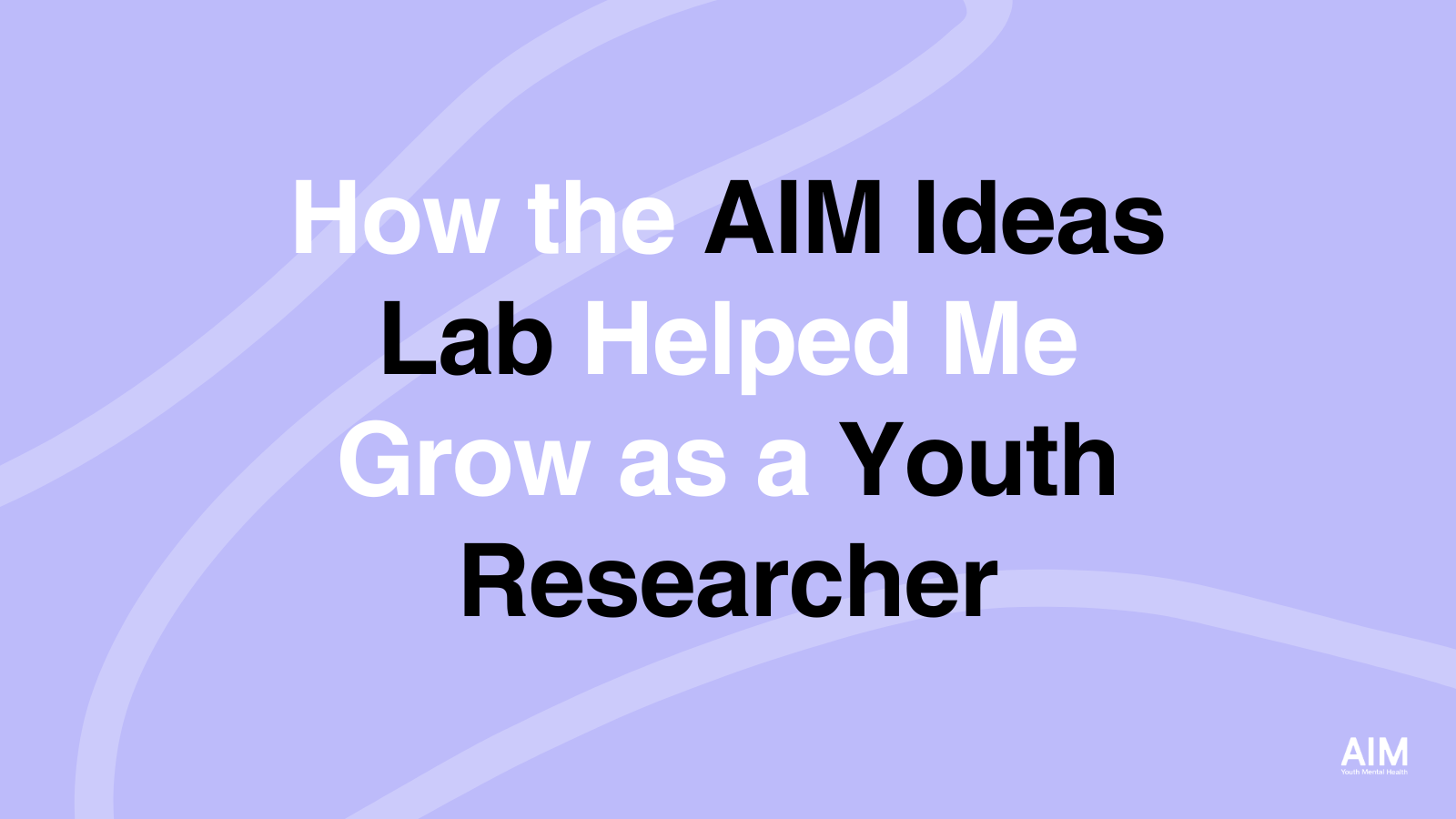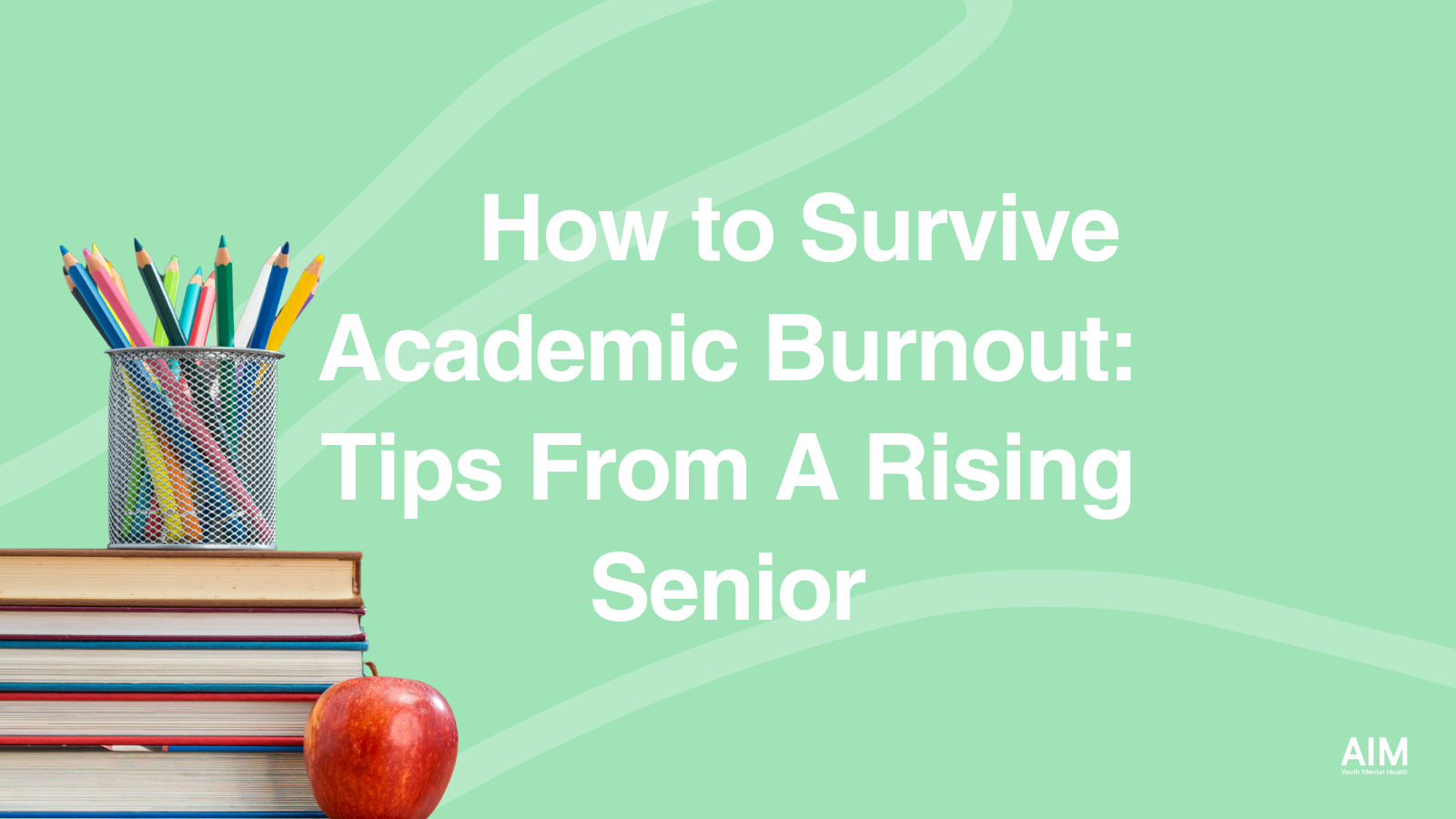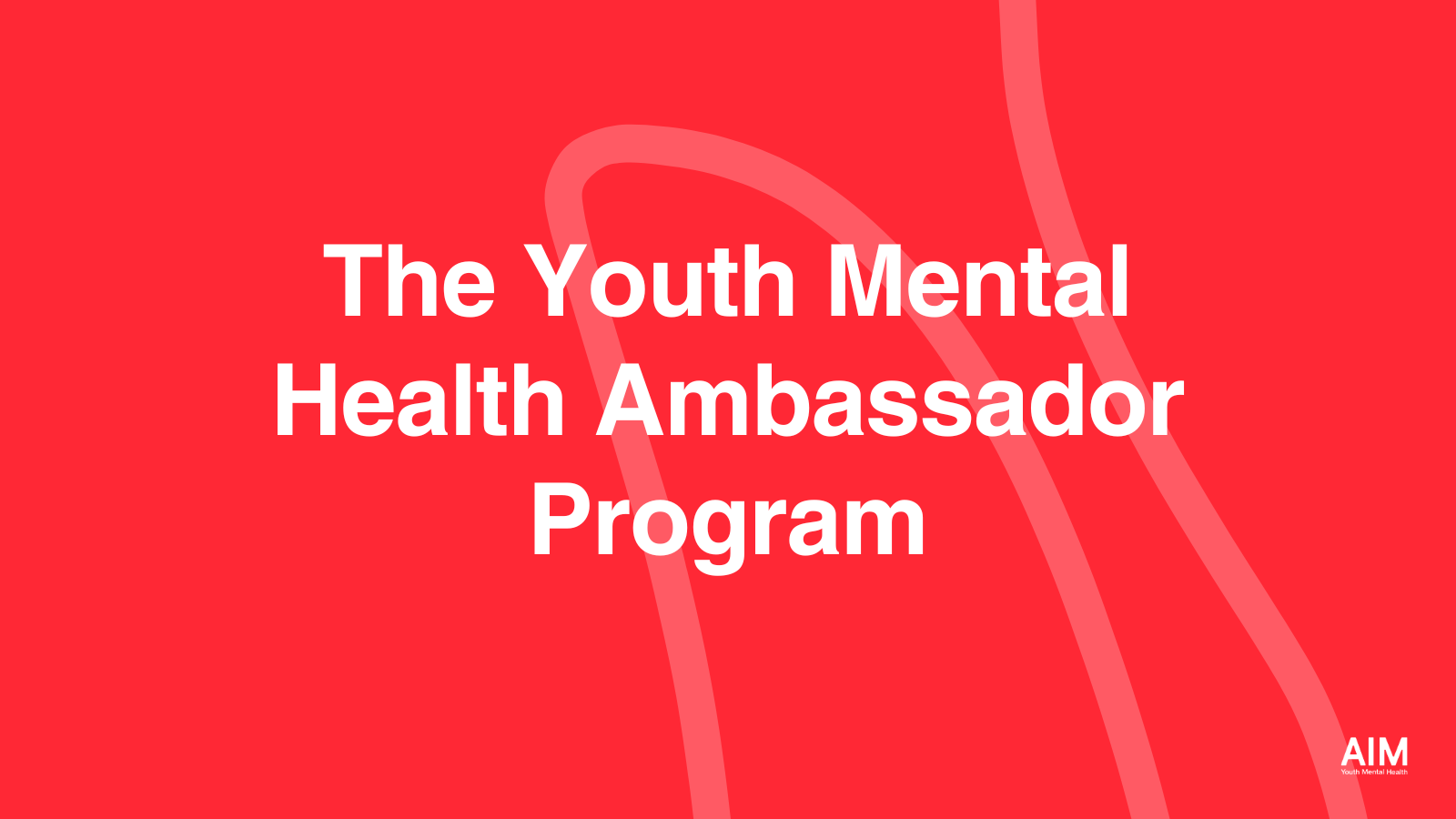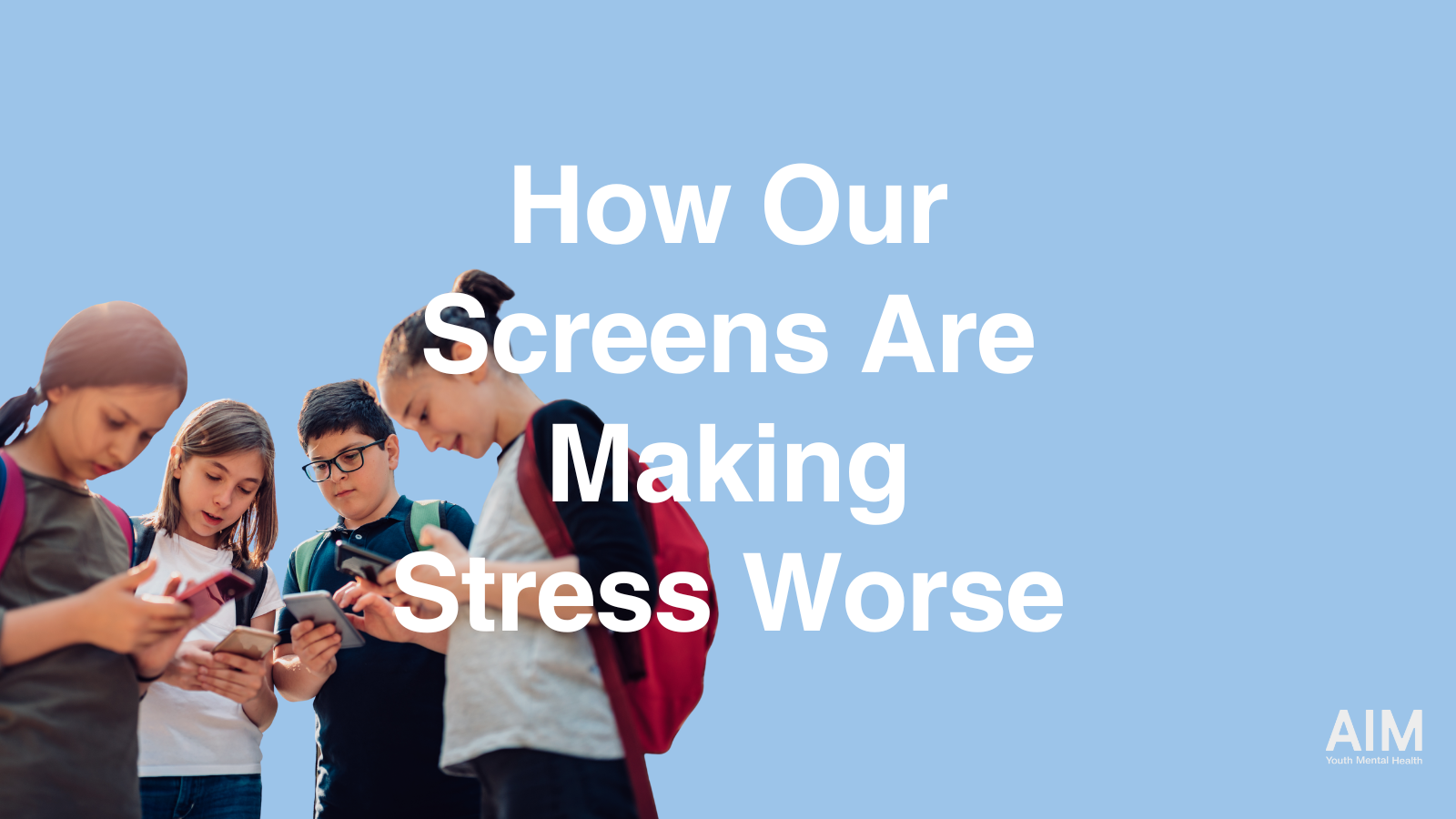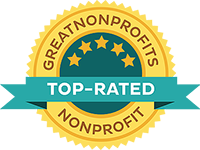Many teens navigate mental health challenges, which I have witnessed in my friends, family, and myself. I knew from firsthand experience that academic pressure and other factors played into them, but the AIM Ideas Lab was my first opportunity to formally research how—and to what extent—they impact teen mental health. I found out about the AIM Ideas Lab while searching for research opportunities, although I was initially discouraged by the criteria that stated it was only for California residents. However, I decided to apply to a remote cohort anyway because the idea of youth-driven work on teen mental health felt so unique and meaningful.
When I first started, there was a group of four students from my school in the East Coast cohort (with one California participant joining us). Before we began survey development, we discussed self-care practices and how they related to findings from previous years. Then we went over the schedule in full detail, which introduced us not only to the program itself but also to critical Youth Participatory Action Research (YPAR) guidelines and procedures. I was so excited to begin exploring different facets of teen mental health, as we discussed topics such as cultural nuances, social media use, and supportive networks.
With the thorough preparation and resources provided in the first few weeks, I felt ready to take on the survey development with my cohort. I was surprised by how important our personal perspectives could be during the process. For example, since most of the group were boarding school students, we prioritized questions relating to support networks—particularly at school. The program was structured to give us ample time to work through building the survey so that it felt like our input made a real difference.
In addition to this kind of self-reflection, a major skill we covered within the eight weeks was data analysis. Initially, I found the analysis and recommendations section of our agenda a bit intimidating. This was my first experience using data to support real-world applications, so although I was excited to help drive meaningful change with the survey results, I wasn’t sure where to start. But just like in the beginning, we used ample time to workshop and develop our data analysis skills by practicing how to find patterns and make suitable visual accompaniments. Through close, hands-on mentorship and support, our cohort was successful in working through several quantitative and qualitative questions and providing our suggestions for improving support for teenagers across the board.
As I look toward a future career in health research, this experience has shown me the importance of including youth voices in mental health initiatives. I’m incredibly grateful to have had the opportunity to work with such a strong community of leaders and peers for this crucial work. I look forward to furthering my passion for mental health research and advocacy in the future, using many of the skills I learned during my time with the AIM Ideas Lab.
